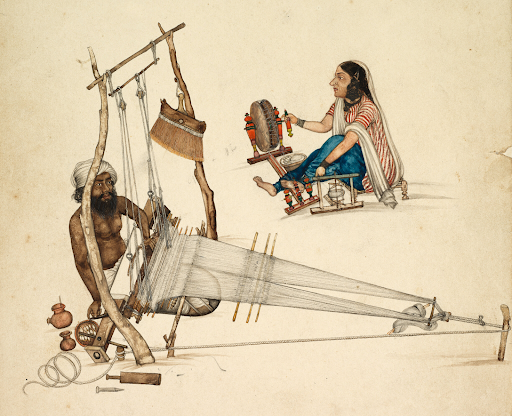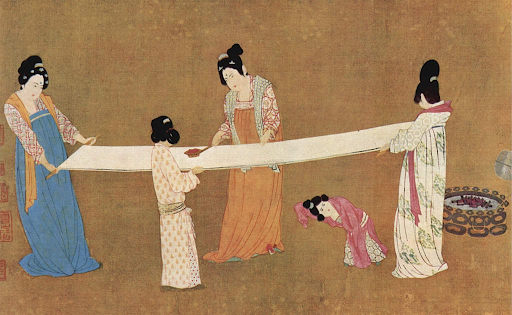
The intricate world of textile arts holds within its folds a rich tapestry of human history, culture, and creativity. From the earliest days of civilization to the modern era, textiles have woven themselves into the very fabric of our lives, serving as more than just functional fabrics but as expressions of identity, artistry, and innovation.
The origins of textile production date back thousands of years, with evidence suggesting that even our distant ancestors recognized the value of fibers and the art of weaving. Early humans used materials such as plant fibers, animal hides, and later, spun threads to create rudimentary textiles for clothing, shelter, and other necessities. These early textile creations served not only practical purposes but also symbolized the skills and ingenuity of these ancient societies.
As civilizations progressed, so did the complexity and sophistication of textile arts. The ancient Egyptians, renowned for their mastery of the craft, used linen to create fabrics for clothing, as well as for ceremonial and religious purposes. Their textiles often featured intricate patterns and motifs, showcasing a fusion of aesthetics and symbolism. Similarly, the Indus Valley Civilization excelled in dyeing techniques, producing vibrant and durable textiles.

Across the world, cultures developed their unique approaches to textiles, reflecting their environment, resources, and cultural beliefs. In South America, the Inca civilization produced textiles using llama and alpaca fibers, while Asian cultures like those in China and India pioneered silk production, introducing the world to one of the most coveted fabrics in history. The Silk Road, a vast network of trade routes, facilitated the exchange of textiles, enabling cultural diffusion and influencing artistic styles.
The medieval period witnessed the emergence of guilds and specialized weaving centers in Europe. These hubs of expertise preserved and passed down traditional techniques, contributing to the evolution of regional textile styles. The Renaissance saw the revival of interest in luxury textiles, with fabrics like velvet, brocade, and damask becoming highly sought-after symbols of affluence and taste.

The Industrial Revolution marked a transformative chapter in the history of textiles. Mechanization revolutionized production, enabling fabrics to be mass-produced at unprecedented rates. Cotton, powered by machinery, emerged as a dominant fiber due to its versatility and affordability. However, this era also spotlighted the ethical and environmental implications of rapid industrialization.
In the modern era, textile arts have experienced a resurgence in appreciation for handcrafted techniques, cultural preservation, and sustainable practices. Artisans and designers worldwide are rediscovering ancient dyeing, weaving, and embroidery techniques, infusing contemporary fashion and design with a sense of history and authenticity. Moreover, the focus on sustainable fashion and ethical production has prompted a reevaluation of the textile industry’s impact on the environment and labor practices.

The digital age has ushered in new dimensions for textile arts. Innovative technologies like 3D printing and digital embroidery are pushing the boundaries of creativity and customization. Artists and designers can now experiment with unconventional materials, intricate patterns, and dynamic color palettes, giving rise to a new era of avant-garde textiles.
The intricate tale of textiles, from the earliest threads spun by ancient hands to the cutting-edge designs of today, mirrors the evolution of human creativity, culture, and craftsmanship. Each thread woven and each pattern crafted carries within it echoes of history, identity, and innovation. As we admire the textiles around us, we are reminded of the interconnectedness of humanity and the timeless beauty that textiles continue to bring to our lives.





